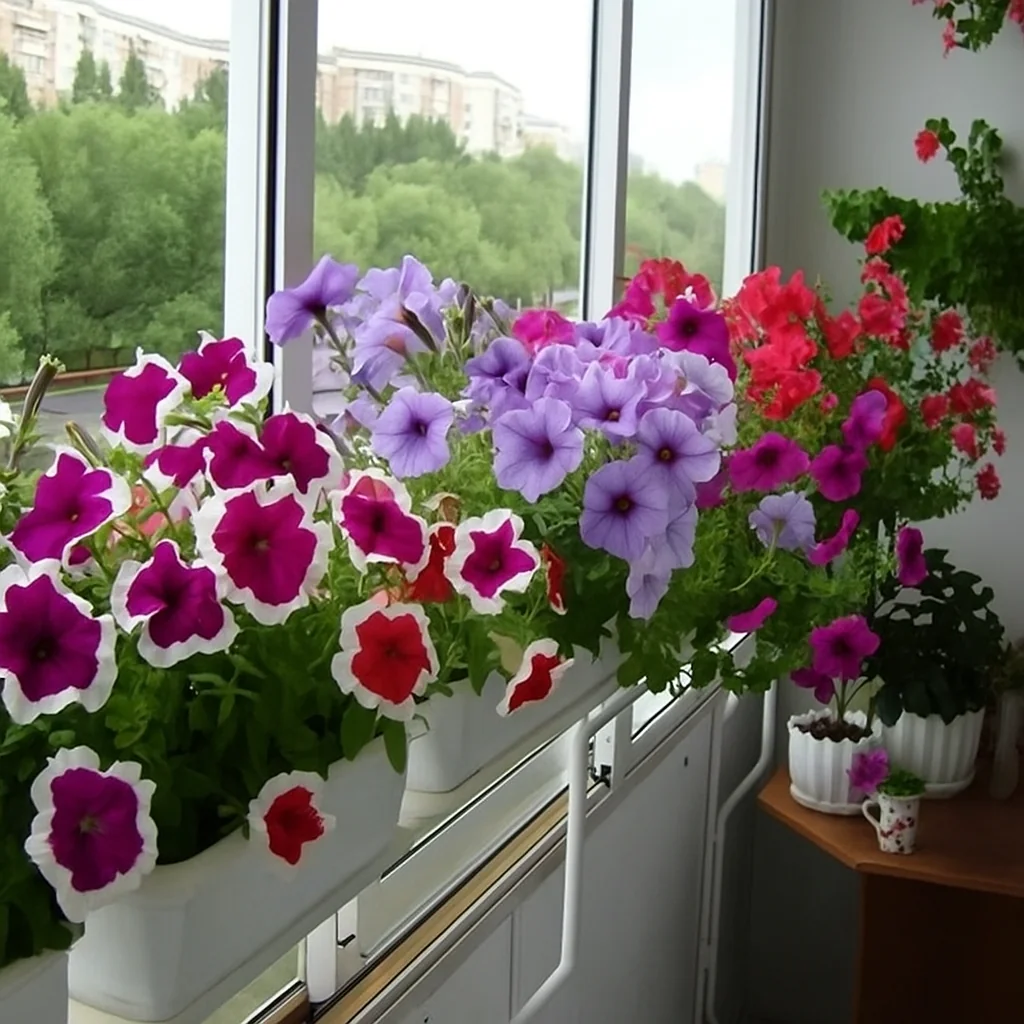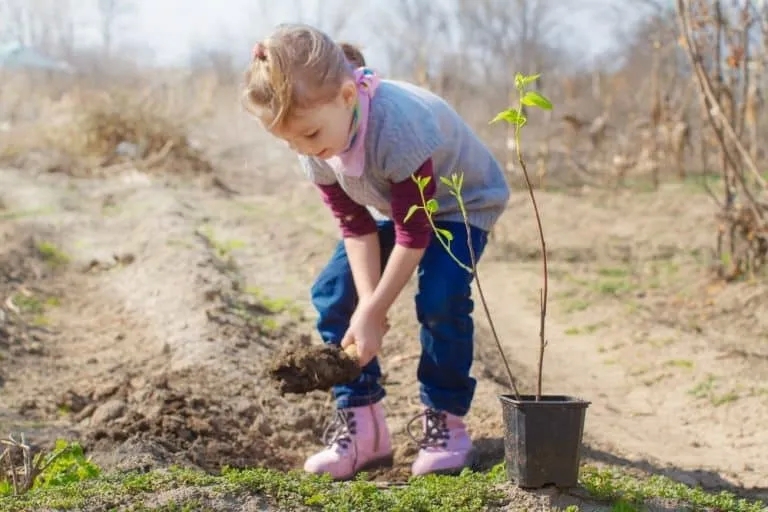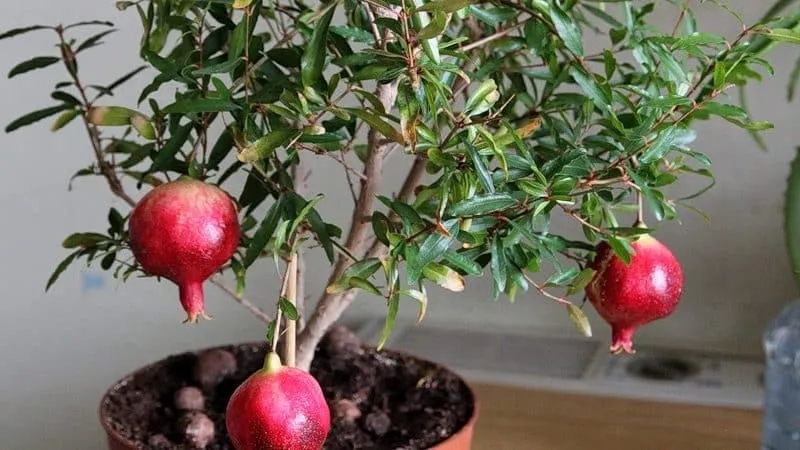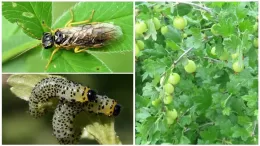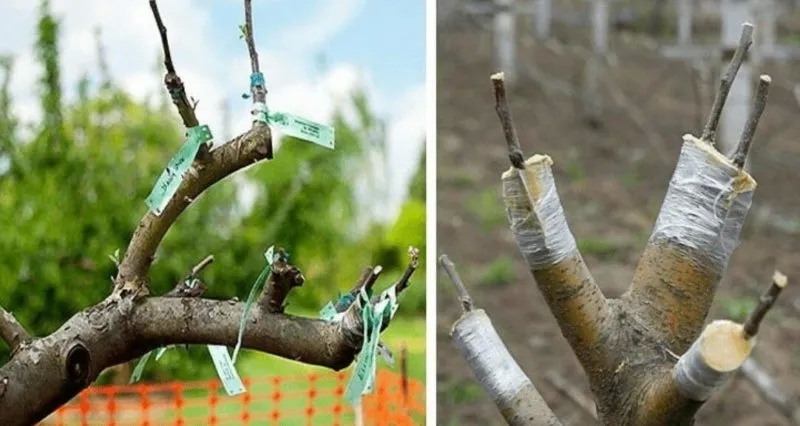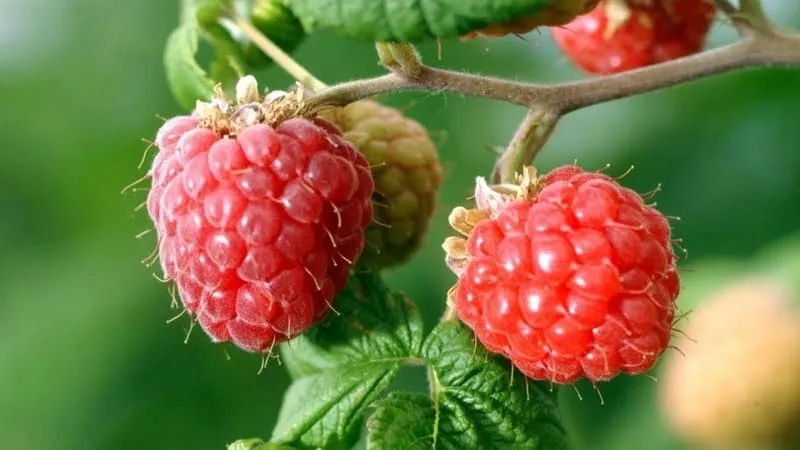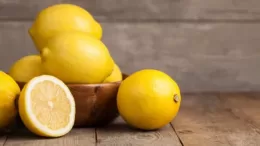Petunia is a perennial plant. It is popular among gardeners due to its beautiful and long-lasting flowering, hardiness, and low maintenance requirements. Due to the climatic conditions in many European countries, it is often cultivated as an annual.
However, experienced gardeners know that if you take care of the plant in the garden in time, it will survive the winter indoors and become high-quality planting material for the next year. Read on to learn how to preserve petunias until spring at home.
Table of contents
Conditions for Successful Petunia Overwintering
Petunia is an undemanding plant that roots quickly and does not require much attention from the gardener. It is not necessary to grow it from new planting material every year. The plant can easily overwinter at home until the next season and become a mother plant for new planting material.
To preserve petunia indoors during winter, it is important to provide suitable conditions:
- Temperature. The room should not be too hot or cold. The plant feels comfortable at temperatures between 0°C and +15°C. Optimal readings are +10°C … +15°C.
- Air Humidity. If the air in the room is too dry, the plant's leaves will start to yellow and dry out. Hot air from heating appliances is particularly dangerous, as it can lead to the death of the mother plant. Optimal humidity levels for petunia are 75 - 80%.
- Lighting. During overwintering, the plant does not require the use of additional lighting fixtures. Placing the pot near a window is sufficient.
- Watering. During winter, minimal watering is required, but the soil should not dry out and crack. On average, watering is done 2 - 3 times a month with water at room temperature. A couple of days after watering, the soil is loosened. Water is poured only at the root base.
- Fertilization. Fertilization is not required for the plant during overwintering.
Petunia can overwinter in an apartment as a houseplant. In this case, it grows significantly by spring but flowers less abundantly. With this cultivation method, there is a high risk of the plant being affected by diseases and pests.
Interesting Fact! Double-flowered petunia propagates exclusively by vegetative means. It does not produce seeds because they transform into petals.
Preservation Methods
There are two main ways to preserve petunias for the winter. One involves transplanting the plant directly from the flowerbed into a pot, and the other involves using cuttings collected after the flowering period. Each option has its advantages and disadvantages.
By Cuttings
Preserving petunia cuttings for the next year allows you to obtain a hardy, abundantly flowering plant by spring. In this case, in autumn, before the first frosts, cuttings are taken from plants in the garden and immediately rooted in soil or water. During winter, they do not need fertilization or frequent watering. By spring, the gardener gets well-formed, profusely flowering plants ready for planting in open ground.
Advantages of overwintering petunias as cuttings:
- No need to buy or grow seedlings from seeds. These propagation methods are labor-intensive and costly.
- Obtaining abundantly flowering plants. Young petunias grown from cuttings produce many more flowers than two-year-old plants.
- Easy storage. Petunia cuttings are less prone to disease and are hardier than plants dug up from a flowerbed and transplanted into pots.
- Compactness. Cuttings in small cups take up less space than bushes in large flower pots.
- Earlier flowering. If cuttings are taken and rooted in autumn, a large number of flowering plants will be available in spring.
As Mature Plants
Many gardeners prefer to harvest not cuttings in autumn, but the mother plant itself. In this case, the petunia bush is dug up and transplanted into a pot. The plant tolerates this procedure well and continues to flower.
This is the simplest way to preserve petunias until the next spring. It has a number of advantages:
- No need to grow seedlings from seeds or buy ready-made saplings.
- Long-lasting flowering. A petunia dug up from a flowerbed continues to flower even indoors until the beginning of winter.
- A large, flowering petunia bush can be planted in the flowerbed in spring. By this time, the plant will have grown even larger than in the previous year.
- Variability in using the mother plant. The dug-up petunia can be planted as a whole bush or used for cuttings to propagate.
In this form, the flower bush is more prone to disease and does not always survive until spring, especially if its keeping conditions are violated.
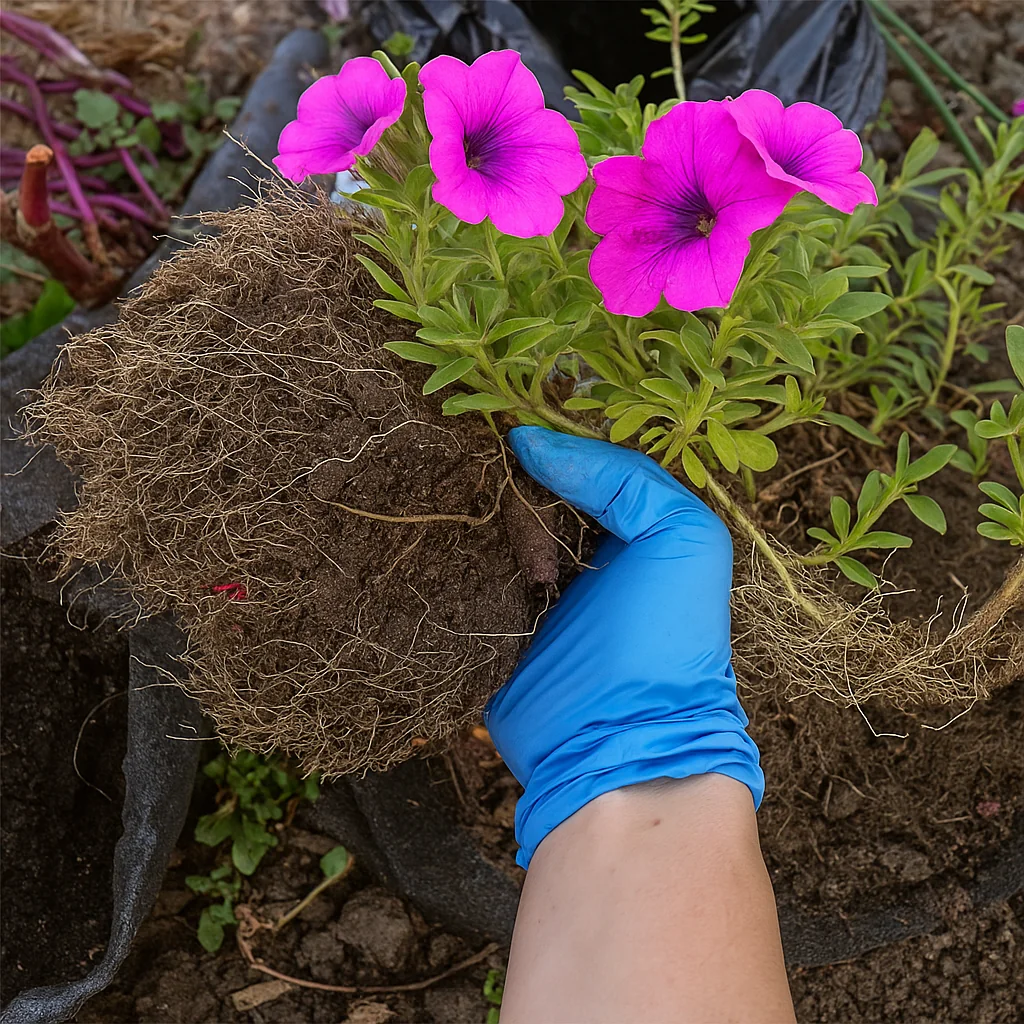
Where to Store
It is important to choose a suitable place for growing petunias. It is not recommended to keep them in a room with heating appliances during winter. The plant is adversely affected by dry, hot air. Humidifiers would be needed; otherwise, the flower will not get its winter rest, and its flowering will be less abundant.
Keeping petunias in a warm room is more challenging. To prevent the plant from dying, it will need to be watered and fertilized more frequently. Over the winter, it can become overgrown, requiring shaping.
The following premises are suitable:
- an insulated and glazed balcony or loggia;
- a windowsill in an entrance hall or non-residential premises.
The plant can also be left in a basement, crawl space, or cellar. In this case, additional lighting will be required.
How to Prepare Petunias for Overwintering
To ensure the flower does not die at home before spring, it is important to know what to do with petunias in autumn. The methods for preparing planting material differ depending on the chosen preservation technique.
First Method (Cuttings)
Petunia cuttings are taken in autumn. At this time, it is ready for propagation and roots most easily. The procedure is carried out about a week before the first expected frosts:
- Select a petunia bush that has not been diseased, has flowered abundantly, and has developed plenty of green mass during the season. Its leaves and shoots should be free of spots, cracks, and other damage. The foliage should be bright green and have good turgor.
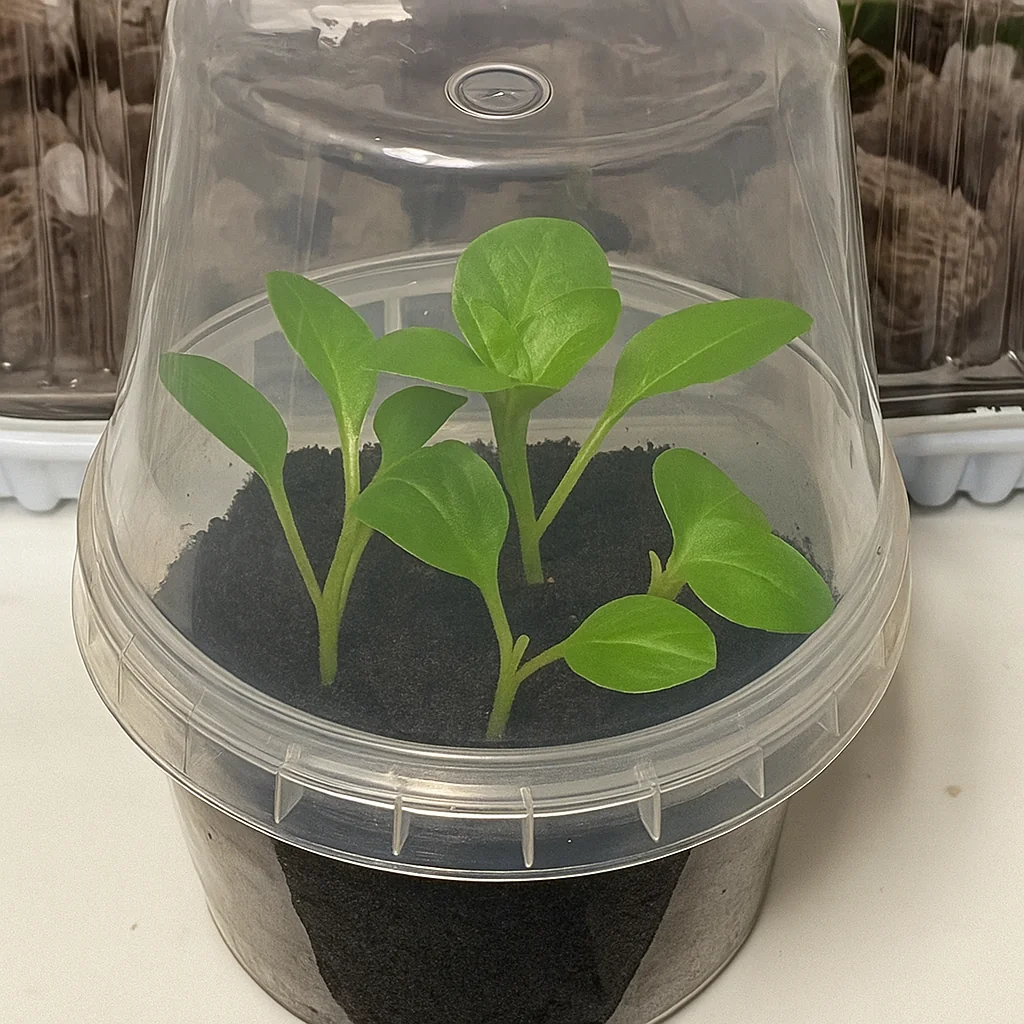 Choose strong, healthy top shoots. Remove any flowers from them.
Choose strong, healthy top shoots. Remove any flowers from them.- Measure down 12 - 15 cm from the top of the selected shoots and make a cut at an angle. Each segment should have 4 to 6 leaves remaining.
- Remove the lower leaves from the cuttings, leaving only the top 2.
- Dip the cut end of the cuttings in a light pink potassium permanganate solution for 30 minutes. Then dip it into a dry rooting hormone powder (e.g., a product containing Indole-3-butyric acid).
- Fill individual pots with a layer of drainage and disinfected soil. Prepare the soil from garden soil, peat, and compost. Moisten the soil with warm water.
- Plant the cuttings in individual pots. The depth should be sufficient for the plant to stand without support.
- Cover the pots with a cut-off plastic bottle or plastic wrap.
Once the plants have rooted, they are moved to a cool place, and the plastic cover is removed.
Tip! Some gardeners root the cuttings in water first and then transplant them into soil.
Second Method (Mature Plant)
The second method is much easier to execute. In this case, there is no need to take cuttings from the petunia:
- Select a healthy plant that has flowered profusely throughout the season and has not been diseased. It should not have wilted foliage or signs of pest infestation.
- Dig up the petunia with a root ball, trying not to damage the roots.
- Choose a flower pot proportionate to its root system. It should have a volume of at least 3 liters.
- Place the petunia in the pot. Fill the remaining space with soil.
- Water the plant with a solution of a biofungicide (e.g., based on Bacillus subtilis) or a light pink potassium permanganate solution.
The petunia will continue to flower after transplanting. When the flowers fade and the plant has established itself, remove all dried and wilted leaves and shoots. Prune the bush to a height of about 10 cm.
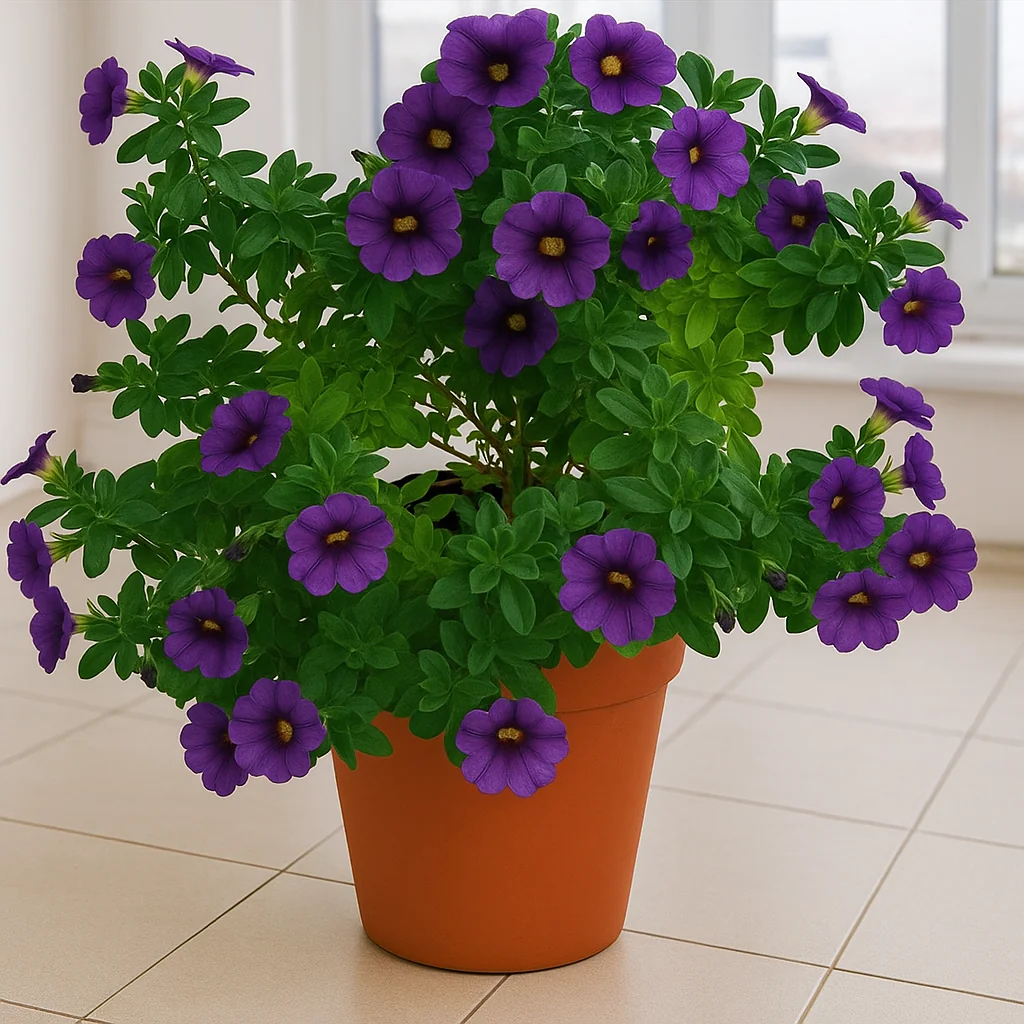
Specifics of Storing Vegetative Petunias
Double-flowered petunias can also be preserved for winter as cuttings or as an adult bush. However, this plant is more demanding regarding temperature conditions. It will die if the temperature in the room where it is kept drops below +5°C.
Transplant double-flowered varieties into larger pots (at least 4 - 5 liters). Remove some of the flowers and moisten the soil with a growth stimulator solution to help the plant establish itself more easily. Dig up vegetative petunias before noticeable cold weather sets in.
Take cuttings so that their length is about 50% of the length of the shoot on the bush. Double-flowered varieties root poorly in water and tend to rot, so they are immediately planted in a pot with soil.
Trailing (Ampel) varieties are also more demanding. Storing them as a mature plant in a pot is possible, but in this case, they often dry out and become diseased.
It is recommended to store trailing petunias in winter as rooted cuttings. Take these cuttings in late summer so they have time to root and adapt to new conditions before winter.
By February, trailing varieties often become overgrown. In this case, they are re-cuttings are taken from them again.
Preparation for Spring Planting
To prepare flowers that have been kept indoors all winter for spring planting, it is important to change their care regimen in time. This is done in mid-February or early March:
- If the petunia was in a location with insufficient light, move it to a south-facing windowsill or use additional artificial lighting.
- Increase the frequency of watering to 1 - 2 times per week. Loosen the soil after each watering. Pour room-temperature water only at the base of the plant, avoiding the leaves.
- Begin applying fertilizer. Use fertilizers for flowering plants, a mixture of potassium sulfate, ammonium nitrate, and superphosphate, or a diluted solution of chicken manure.
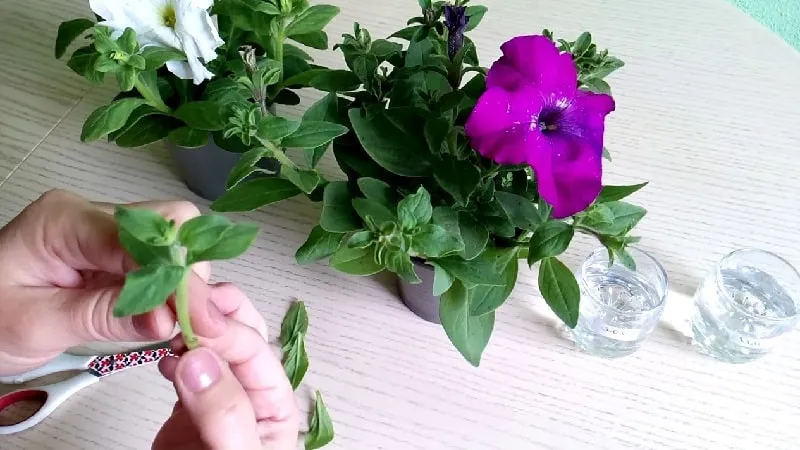
Seedlings that were propagated from cuttings in autumn can be planted in open ground directly from their pots. The size and depth of the planting hole should match the volume of the pot.
For a bush that was transplanted from a flowerbed into a pot, two techniques can be applied. The first option is to transplant the flowering, previous year's bush directly from the pot into open ground. Such plants usually flower less abundantly: the older the petunia, the fewer inflorescences it produces.
The second option is to take cuttings from the mother plant. Do this in the second half of February. Cut the topmost, strongest, and healthiest shoots from the bush, ensuring each has at least 3 - 4 leaf nodes.
Dip the cuttings in a rooting hormone and plant them in loose, nutrient-rich soil. Cover them with a plastic bag. Ventilate and water the plants. Once they have rooted, remove the cover. Until planting in their permanent location, water and fertilize the petunias.
Tips from Experienced Gardeners
Experienced gardeners know several secrets for successfully overwintering petunias:
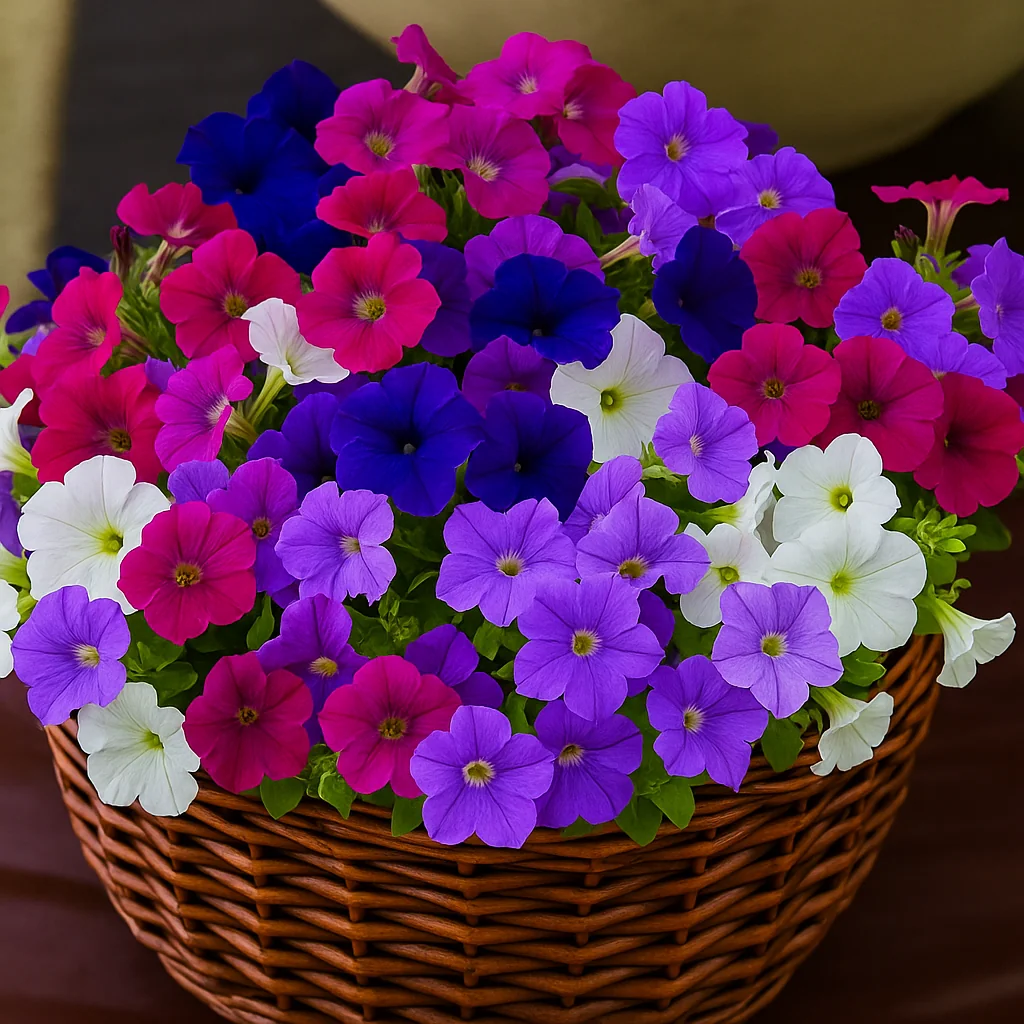
- Pinch the plant back even at the seedling stage, regardless of whether it's grown from seeds or cuttings. Do this after the 3rd to 5th leaf appears. This procedure stimulates the growth of side shoots and ensures abundant flowering.
- For spring rooting, instead of regular soil, a mixture of vermiculite and garden soil can be convenient to use.
- To reduce the risk of waterlogging and root rot, use bottom watering. Pour water into the saucer rather than directly onto the soil.
- It's convenient to place flowers for overwintering in a greenhouse with other plants. In this case, it is important to ensure there are no signs of pests or diseases on the leaves and stems.
- Before planting in open ground, harden off the plants. To do this, take them outside or open the balcony for half an hour, gradually increasing the hardening time up to a full day.
Conclusion
Petunia is one of the most undemanding perennial plants. It tolerates transplanting well, and its cuttings root quickly. This makes it possible to preserve any of its varieties at home during the winter until spring.
During overwintering, it is extremely important to provide optimal conditions. These include high humidity, moderate temperature, and access to sunlight. Plant care is minimal. All that is required from the gardener is to water the flower 2 - 3 times a month and loosen the soil.
